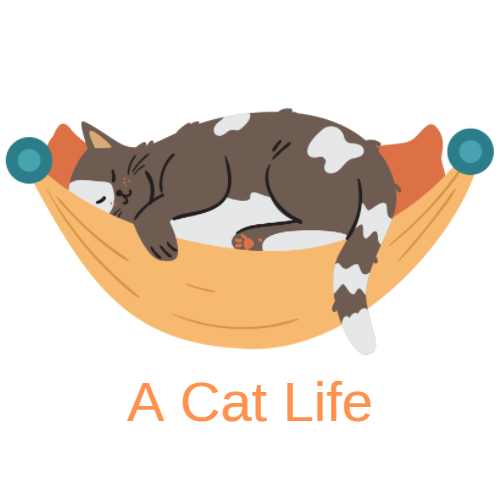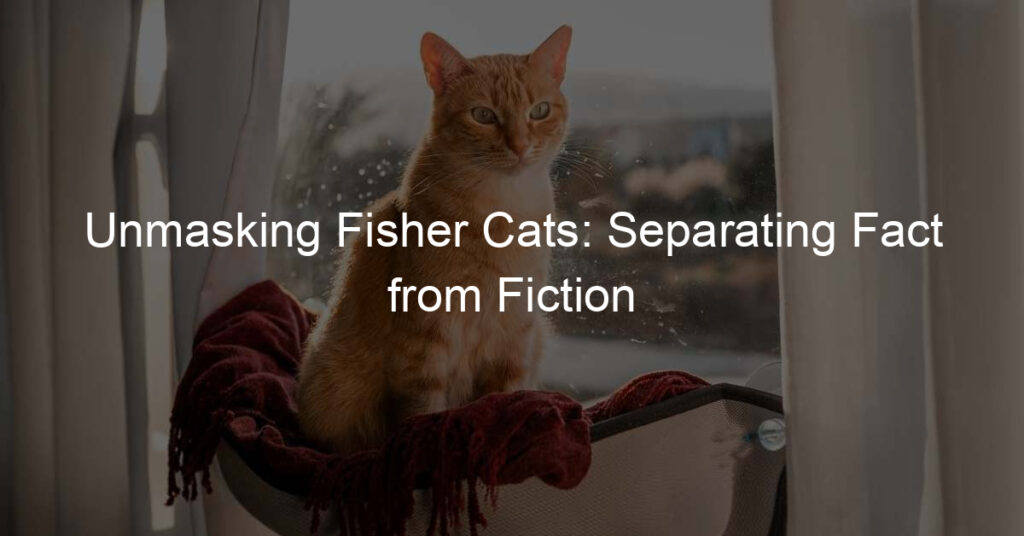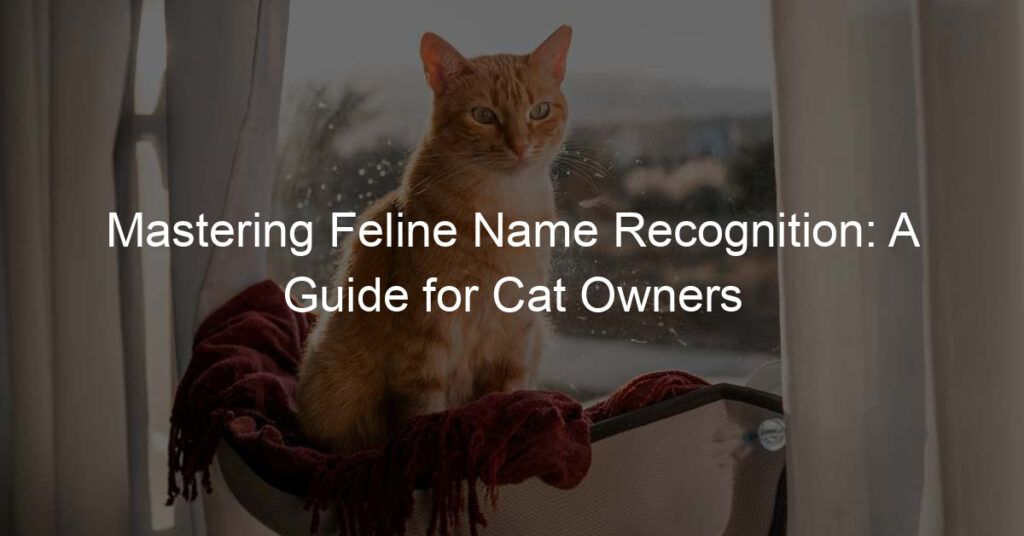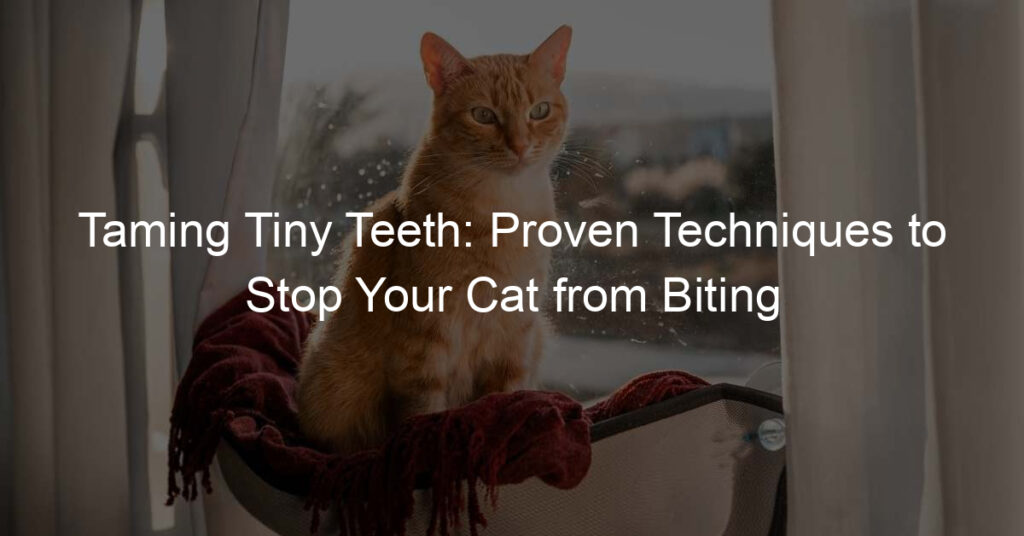When considering the purchase of a cat hammock bed, it is essential to take certain precautions to ensure that your pet is safe and comfortable. Here are some tips for using a cat hammock bed safely and effectively:
- Make sure the hammock bed is made from high-quality fabric. Look for materials such as cotton, fleece, or faux fur that will be both soft and durable. Avoid fabrics with sharp edges or seams that could cause discomfort or irritation to your cat’s skin.
- Place the hammock where your cat can easily reach it without obstacles, such as furniture or other objects blocking their way. It is also important to ensure the area has good ventilation; cats can become overheated if they are too close to heaters or fireplaces while they sleep.
- While cats may enjoy sleeping in their hammocks, they should be encouraged only to do so in short bursts
- Check the hammock periodically for signs of wear and tear, especially around areas where your cat may scratch due to boredom or anxiety-related behaviors; replace it as necessary for safety reasons.
Additionally, it is vital to keep an eye on pets when they first start using the hammock, just in case of any issues with them settling into it comfortably or even becoming stuck between its folds at times!
- Avoid placing heavy objects on top of the hammock; this could lead to accidents if they collapse while your pet is still inside them! Furthermore, make sure you place the hammock securely so that it doesn’t slip off its mounting points, as this could also be dangerous for your pet’s health and well-being.
By following these tips, you can ensure that your pet enjoys using their new bed in comfort and safety!
How Often Should I Check for Wear and Tear on the Hammock Bed?
It is important to regularly check the hammock bed for signs of wear and tear, as this can indicate when it is time to replace the bed.
To ensure your pet’s safety, it is recommended that you inspect the hammock bed at least every couple of weeks or more frequently if your cat tends to scratch it more often.
When checking for signs of wear and tear on the hammock bed, look closely around areas where your cat may scratch, such as the sides and edges. Also, look for any loose threads or seams that may be coming undone; these may cause discomfort or irritation to your cat’s skin if left untreated.
If you notice any of these issues, it would be best to replace the hammock immediately. Also, keep an eye out for fabric stretching or thinning due to heavy use over time; this could weaken the overall structure and cause potential hazards for your pet.
In addition to inspecting the fabric itself, you should check all mounting points and other hardware components, including buckles, straps, clips, etc., to ensure they are securely fastened and free from rust or corrosion.
It is also a good idea to rotate the hammock periodically to distribute wear evenly throughout its lifespan – this will help prevent sagging or unevenness over time.
Finally, keep in mind that cats are curious creatures; they may find unusual ways of getting into their beds, potentially leading to accidents!
Therefore you must supervise your pet while they are using their hammocks so that you can intervene if necessary.
How Long Can My Pet Sleep in Their Cat Hammock Bed Safely?
It is important to note that cats should only sleep in their hammocks in short bursts, typically no more than three hours at a time.
Sleeping in the hammock for more extended periods can lead to muscle pain and joint strain, which can be painful and uncomfortable for your pet.
Further, cats may become overheated if they spend too much time in the hammock, as it does not provide as much ventilation as a regular bed or sleeping spot. Therefore, limiting your cat’s hammock use to short naps during the day or night is best.
However, if you notice that your pet loves spending long periods in their hammock, consider getting an additional bed or sleeping area for them. This will help ensure they are comfortable while providing adequate ventilation and support for their joints and muscles while they sleep.
Consider looking into beds with elevated sides or even hammocks with bolsters that provide extra cushioning and support; this can help reduce stress on their joints and muscles while providing additional comfort.
Suppose your cat remains curled up in the same spot of their hammock for more than three hours at a time. In that case, it’s probably a good idea to move them out of the swing and onto another bed or sleeping area so they can get some rest without causing any potential harm to themselves.
Are There Any Signs To Look Out for if My Pet Has Issues Settling Into the Hammock Bed?
If your pet has difficulty settling into their cat hammock bed, there are certain signs that you can look out for to determine if they may be having an issue.
One of the first things to check is if your pet displays discomfort or distress, such as panting, meowing, or pacing. If they appear anxious or agitated, it could mean that they are experiencing some sort of physical discomfort due to the hammock bed not fitting properly.
Another sign to watch for is if your pet seems to be straining or struggling to get in and out of the hammock. This could indicate that the hammock is too small for them or that the material may be too stiff or uncomfortable for them.
Furthermore, look for signs of frustration, such as scratching at the fabric or pulling away from it; these can all indicate that something is not quite right with the bed and should be addressed immediately.
Keep in mind that cats are creatures of habit and may take some time to get used to their new sleeping spot. So if your cat appears hesitant when approaching the hammock bed, it may mean they need a bit more time to get comfortable in their new home before they fully settle in.
Consider providing them with extra treats and snuggles while getting used to their hammock, which should help ease their transition over time!
What Should I Do if My Pet Becomes Stuck Between the Folds of the Hammock?
If your pet becomes stuck between the folds of its hammock, it is essential to act quickly and carefully.
If you cannot coax the cat out by speaking softly and offering treats, you may need to move the hammock for your cat to escape. Likewise, if you cannot coax the cat out by speaking softly and offering treats, you may need to move the hammock.
If your pet appears distressed or agitated, it is best to leave them safely in the hammock.
Once your cat is free from being stuck in the hammock, you must inspect both its fur and skin closely for any signs of discomfort or distress. If necessary, you may need to provide your pet with some additional comfort, such as a soft blanket or cushion, while they recover.
Check the hammock itself for any areas that could have been causing distress, such as overly tight straps or a fabric that was too stiff;
if you find anything that looks problematic, then it may be best to replace it altogether with a cushier bed or another type of hammock that better suits the needs of your pet.
In addition, consider giving your cat some extra space once they are free from their entanglement; if they feel overwhelmed by being close to people after an incident like this, then provide a quiet corner where they can relax away from other animals and people.
Give them the time they need to relax and recover properly without feeling pressured into social interaction.
Encourage regular breaks when using the hammock bed so that your cat does not become stuck between its folds again in the future; this will help ensure their safety while also allowing them plenty of time for rest without having to worry about becoming caught up in any uncomfortable positions.
How Can I Make Sure the Area Where I Place My Cat’s Hammock Is Well-Ventilated?
One of the most important things to consider when placing a cat hammock bed is ensuring that the area is well-ventilated and comfortable for your pet.
Poor ventilation can cause the fabric to become stuffy, making it difficult for your cat to rest comfortably. To ensure that your cat’s hammock bed is in an airy and cool place, look for some of these helpful tips:
First, ensure that you have at least one open window or door in the room where you place the bed. This will help circulate fresh air throughout the space and will prevent it from becoming too stuffy.
Also, choose an area away from any heat sources, such as radiators or vents, so your pet isn’t exposed to excessive heat while they relax in their hammock bed.
Another option is to use a fan or air circulation device near the hammock bed. This will help keep the air flowing around your cat without exposing them directly to any strong winds that could be uncomfortable.
Look for fans with adjustable speeds to find a setting that works best for you and your pet; this way, you won’t have to worry about them feeling too hot or cold while they rest in their hammock bed.
Finally, check periodically for signs of wear and tear on the fabric; over time, this can make it more difficult for air to circulate properly due to holes and tears forming in the material.
If you do notice any rips or tears forming in the fabric of your pet’s hammock bed, then it might be worth replacing it with a new one so that your cat has adequate ventilation at all times while they relax there.








